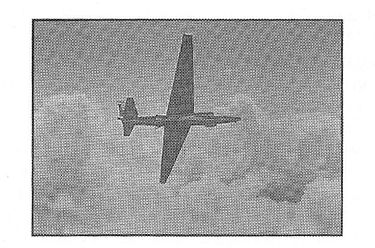Union. A more capable SR-71 Blackbird was soon available to replace the U-2, but by then safer "national technical means" were available for intelligence-gathering.
In part because of the Soviet Union's success with Sputnik in October 1957, President Eisenhower in early 1958 established within the DOD the Advanced Research Projects Agency, accelerating efforts to exploit space for reconnaissance purposes. The Air Force had begun investigating the use of satellites for this purpose as early as 1946, beginning actual development in October 1956 with a contract to Lockheed for the WS-117L (SAMOS) reconnaissance satellite. Dissatisfied with the technical prospects of the SAMOS, which transmitted images to Earth from space, in February 1958 Eisenhower approved Project CORONA, a CIA-Air Force effort to put into outer space a spy satellite capable of ejecting film capsules for retrieval on earth. The first CORONA satellite, known publicly as Discoverer, went into space on February 28, 1959, atop a modified Air Force Thor IRBM. After twelve consecutive failures, complete success came with number 14 on August 18, 1960. It provided analysts with film coverage of more of the Soviet Union than all of the U-2 flights combined. This first successful CORONA satellite ended the "missile gap" controversy, revealing that the Soviet Union possessed fewer IRBMs than the United States. Only a few SAMOS satellites were launched in the early 1960s. Designed to scan images in space and broadcast them as radio signals to receivers on the ground, SAMOS failed to return one usable photograph of the Soviet Union. Before leaving office

America's need for vital strategic reconnaissance increased in the Cold War period. The single-engine Lockheed U-2 glider aircraft was developed to overfly and gather information on the Soviet Union, principally. it attained altitudes above 70,000 feet. To mask the U-2's true purpose, the USAF at first designated it a "utility" vehicle.

